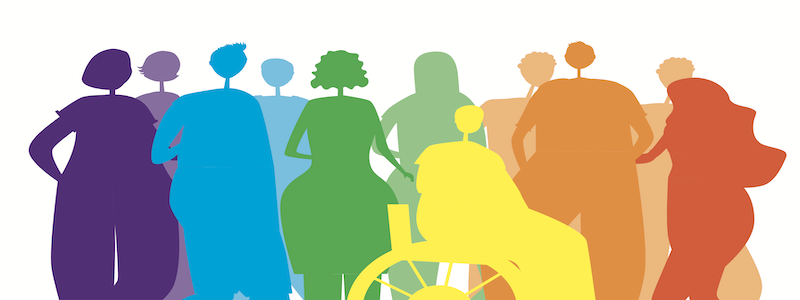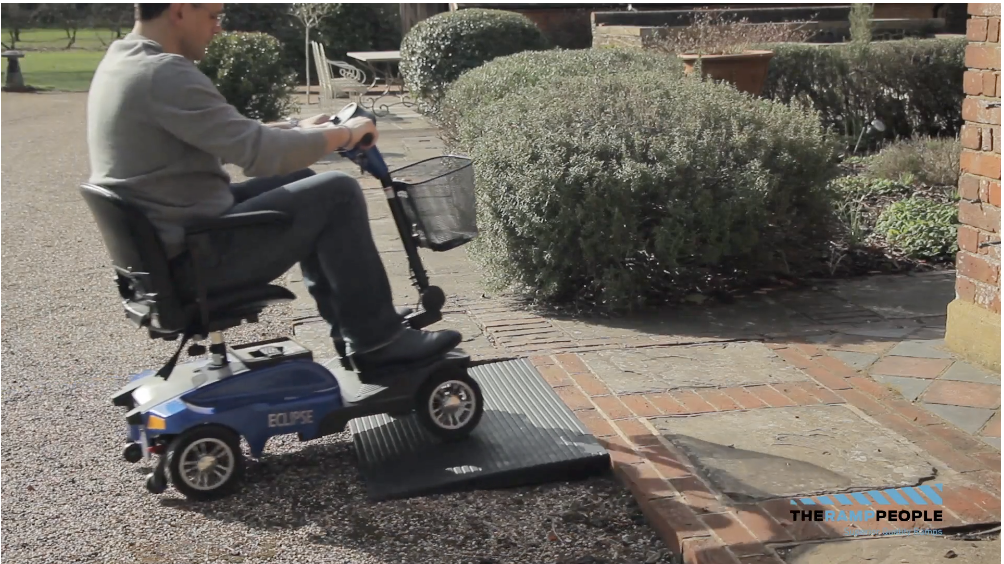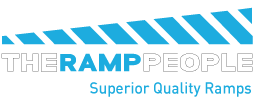
Making Your Pride Event Wheelchair Accessible
Pride is held yearly, every June to celebrate the LGBTQ+ movement and to remember the 1969 Stonewall riots. Various Pride marches and events are held throughout the June and the following months to celebrate the spectrum of sexual and gender diversity.
However, many Pride events are not accessible for many disabled and neurodiverse people. We have written this blog to help advise you on how to make your event as wheelchair accessible as possible and provide tools that will assist you with selecting suitable temporary ramps for all wheelchair types.

Accessibility might mean different things for different people. For people living with a visual impairment, accessibility means visual aids. Whereas, many of us may think of ramps and handrails when we think about accessibility. To make your Pride event truly accessible you’ll need to think about the various types of disability that you may need to cater for. Here we will be specifically looking at wheelchair access.
One of the main things to consider is how to give access to wheelchairs users to raised areas and entry points to buildings. We have a guide here on which measurements you need. You can work out what ramp length you need using out wheelchair ramp calculator. In public areas we would always advise that you ensure your ramp is suitable for manual and electric wheelchairs which means keeping it to a minimum of a 1:8 gradient.
For small steps and kerbs, we highly recommend rubber threshold ramps. These are fairly easy to measure for and put down. Simply measure the height of the area and choose the closest fitting size from our range here. We also have ramps available to use with cable protectors which you can view here. These ensure wheelchair users can go over the top as the cable covers themselves are too steep.

Another thing to consider, especially for pride performances that take place on stage, is disability seating areas. Wheelchair access is a must and bigger areas located near exits should be provided with a clear view of the stage. For example, viewing platforms can allow unobstructed views for wheelchair users. These areas should also be in a place that make it easy for attendees to access disabled toilet facilities.
You can learn more about our local, Surrey pride event here as well as accessibility information for Manchester pride here and London Pride here.
